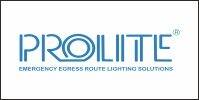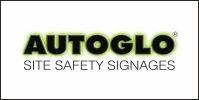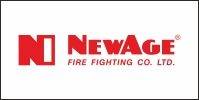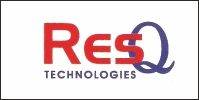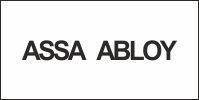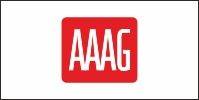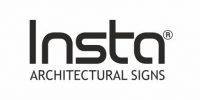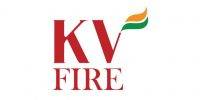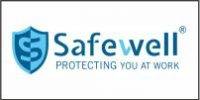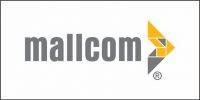 Personal protective equipment (PPE) has been in the news a lot lately because healthcare workers have to rely on it to protect themselves from the coronavirus and keep their patients from being infected and spreading the infection to others.
Personal protective equipment (PPE) has been in the news a lot lately because healthcare workers have to rely on it to protect themselves from the coronavirus and keep their patients from being infected and spreading the infection to others.
However, PPE has always been vital in the construction industry, and training is a critical part of formalizing any PPE program. Employees have to learn how to use the equipment and to protect themselves.
According to the specific risks and equipment, this training should include:
- What PPE is for: Workers shouldn’t see PPE only as manager-mandated accessories. Explain the specific function that each piece of equipment serves, together with the hazards it protects against.
- When and how to wear PPE: It’s not enough to talk about using PPE. You need to demonstrate how to use each of the pieces in different situations. Then, allow workers to put it on to see how it should fit.
- How to notice problems: To prevent workers from using improper PPE, teach them how to recognize deficiencies by consistently inspecting the equipment. For example, helmets that have cracks need to be replaced.
 Whether you perform training for groups or individuals, make sure both new and veteran workers are up-to-date on your equipment and policies.
Whether you perform training for groups or individuals, make sure both new and veteran workers are up-to-date on your equipment and policies.
Types of PPE
The common types of PPE in construction include:
Eye and Face Protection
Face shields or safety glasses are worn every time work operations can cause foreign items to get in the eye. For instance, these should be worn during welding, grinding, cutting, nailing, or when working with harmful chemicals or concrete. Also, they should be used when exposed to electrical hazards, such as while working on energized electrical systems.
Foot Protection
Construction workers should wear work shoes with puncture-resistant and slip-resistant soles. They should prevent crushed toes when working around falling objects or heavy equipment.
Hands and Skin Protection
Occupational skin diseases are as common as skin cancers, dermatitis, and other skin injuries, and infections are the second most common kind of occupational disease. This is why glove usage is crucial to protect the skin. Use gloves to avoid hazards involved with chemicals, sheet metal, glass, or electrical work.
Head Protection
Workers should wear a hard hat wherever there is a danger from bumps to the head, objects falling from above, or accidental contact with electrical hazards.
Hearing Protection
Earmuffs and earplugs are common hearing protection tools. Keep in mind that earmuffs are used for reducing high-frequency noise, while earplugs are effective in reducing low-frequency noise.
General Body Protection
Coveralls, aprons, splash suits, lab coats, jackets, vests, and full-body suits are some examples of body protection PPE. This PPE comes in a variety of different materials that are suitable for different types of occupational hazards.
Respiratory Protection
This kind of PPE protects workers from inhaling hazardous substances. Respiratory Protective Equipment (RPE) is usually divided into two types: breathing apparatuses and respirators. It’s important to remember that RPE should be used only as a last line of defense after all other ways of preventing inhalation hazards have been exhausted.
Takeaway
PPE is important in any industry, but in construction—with its many obvious hazards—it’s essential. Construction companies should ensure that their employees have the appropriate PPE, regularly inspect it, and insist on its use.











